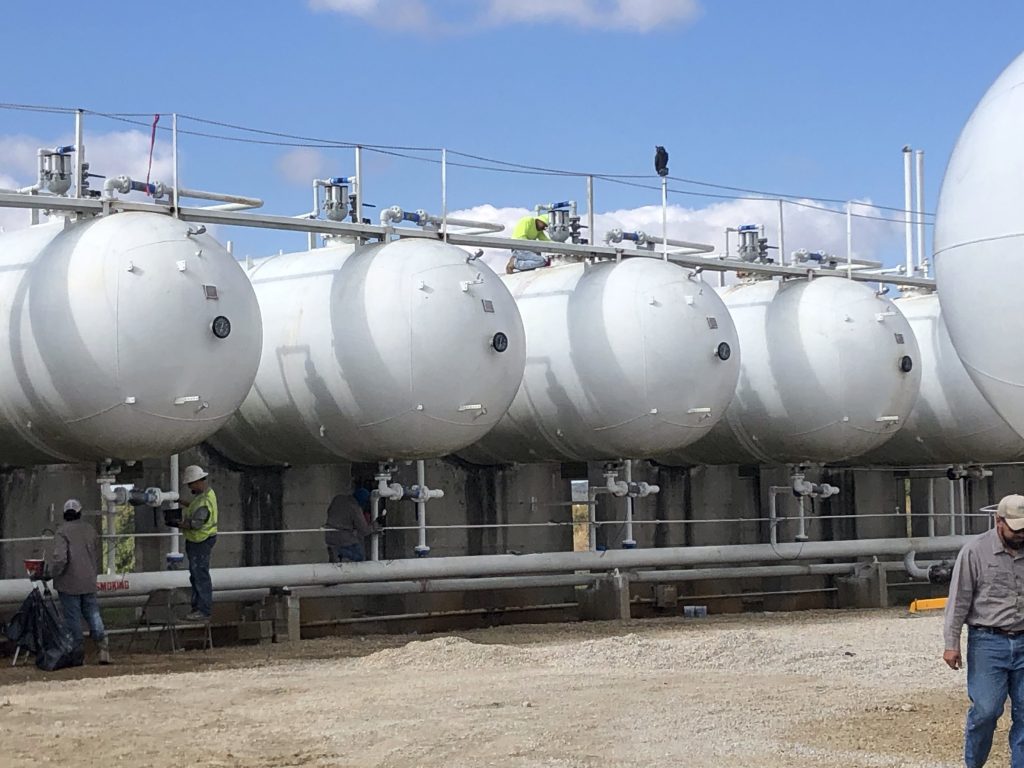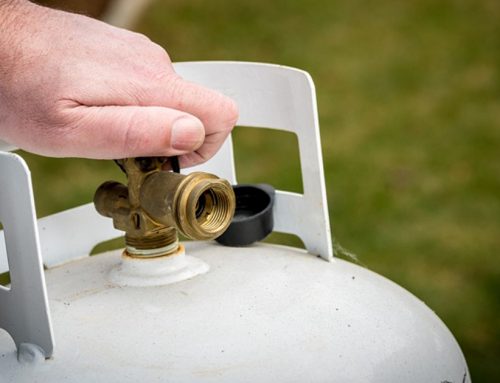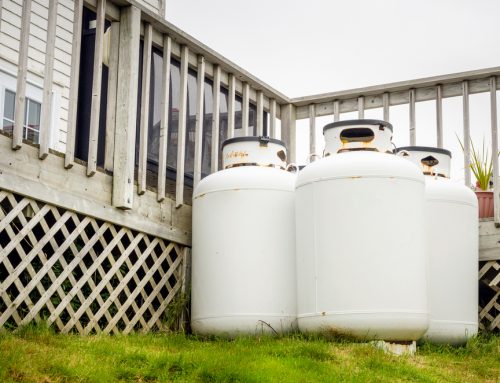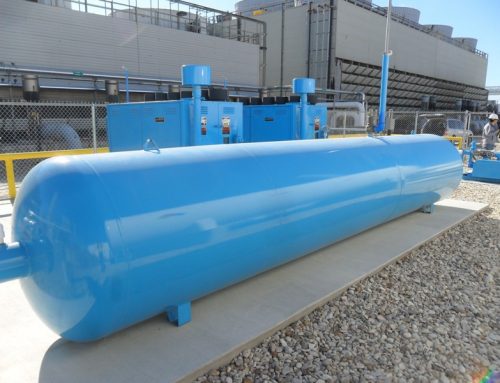LPG is ideal for subsistence and industrial use but hazardous when you fail to use it well or follow the recommended LPG storage tank regulations. There are specific ways of storing an LPG storage tank that you should never miss out on, especially if you have plenty of them in your home.
[bctt tweet=”LPG storage tank regulations are in order to keep facilities and residential homes with LPG tanks safe. Learn more here! #PropaneSpecialty” username=””]
Storage regulations are easy to follow. They range from understanding each tank’s distance requirements to the conditions of buildings or rooms fit for storage. You also have to consider whether to store them vertically or horizontally. Here are the key steps to follow when storing and handling LPG storage tanks.
Authorization Process
Before you get to handle and even distribute LPG storage tanks, you need to get authorization from the regulatory bodies. They must ascertain that the facility you intend to store the tanks is spacious enough to hold the capacity you want to keep in there.
You must also have the minimum labor force to handle the facility and fire extinguishers on-site in case of fire, among other requirements. Once you are cleared, you can now start supplying gas to immediate users.
Storage and Handling
The storage and handling procedures are the most important to consider when dealing with LPG storage tanks. The first safety precaution is to ensure the building you intend to store the LPG tanks is not frequented by the public.
Storing propane is limited to 300 pounds unless your building has a room designated for storing propane. In such a case, you can store up to 10,000 pounds.
You can also not store LPG cylinders or storage tanks near exits, staircases, busy areas, entryways, or near high-traffic areas. You should never store an LPG storage tank near a heat source or somewhere with excessive heat.
Pro Tip: If you have any LPG tank that is not in use, consider storing it outside in an open-air storage unit or a cage with a protective overhead roof. This building should be at least 20 feet from other buildings.
Moving Between Facilities
As you move from one storage facility to another, you need to handle the tanks carefully in between to avoid explosions and other accidents. You must ensure the cylinders are upright and secure when transporting them. Don’t smoke or allow someone smoking to handle the tanks. Ensure there is adequate ventilation in the vehicle ferrying the tanks.
The Importance of Storage Tank Regulations
Adhering to LPG storage tank regulations can help you foster safety in your home. You need to check the cylinder collar dates to ensure they aren’t past the requalification date. Replace any tank that is out of date.
Connect with us to learn more about LPG storage tank regulations.







Leave A Comment